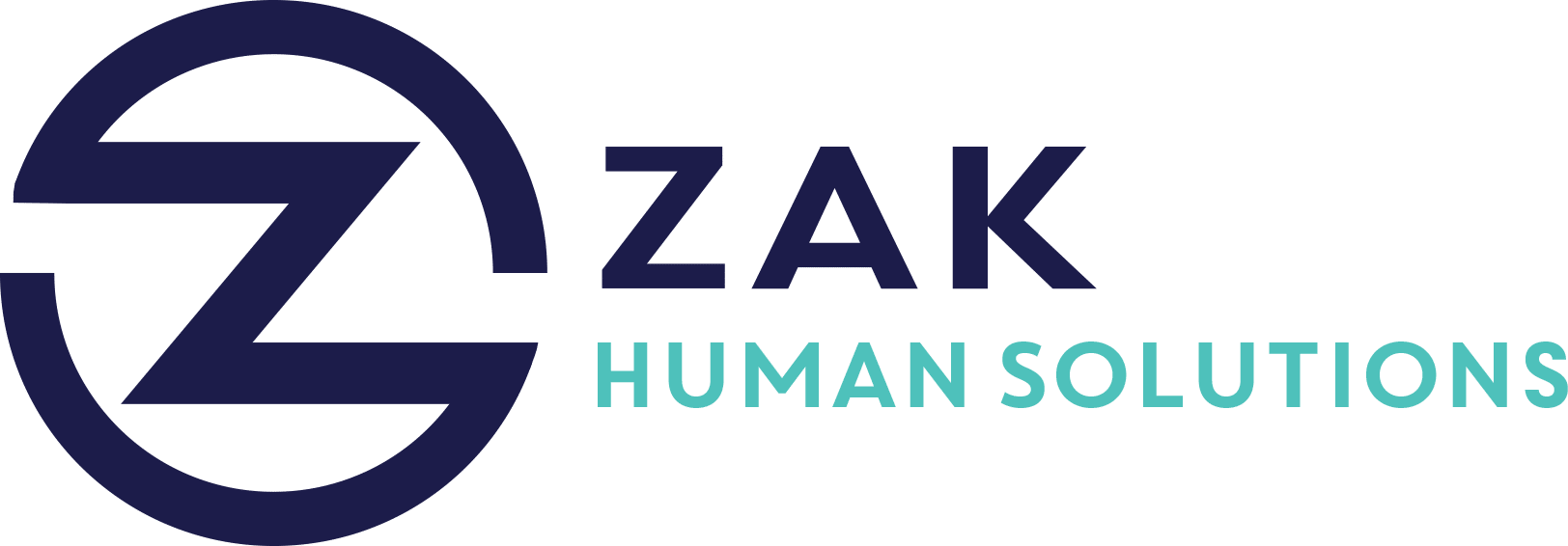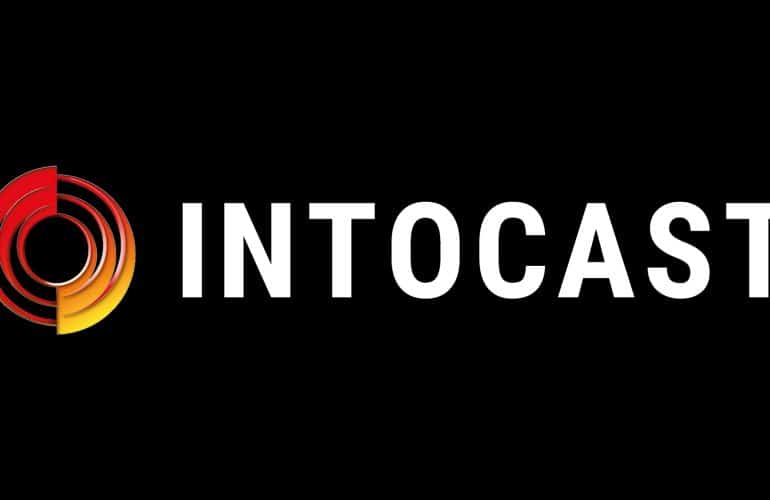In today’s rapidly evolving business landscape, the importance of strategic HR management has never been more evident. For many business owners, the pressures of managing human resources – from recruitment and retention to compliance and engagement – can become overwhelming, diverting attention away from core business activities.
However, a well-executed HR strategy can significantly free up valuable time for leaders, drive business growth, and foster a thriving workplace culture. But what does strategic HR management look like in practice, and how can it directly contribute to a company’s success?
The Role of Strategic HR Management in Business Success
Strategic HR management goes beyond the day-to-day administrative tasks traditionally associated with HR. It involves aligning human resources practices with the broader goals and objectives of the organization. At its core, strategic HR is about building a high-performance culture where employees are engaged, motivated, and aligned with the company’s mission.
Nadian Zak, CEO and founder of Nashville, TN based Zak Human Solutions, emphasizes that strategic HR management is not just about filling roles but building teams that fit seamlessly into an organization’s culture and long-term vision. “We believe that every company deserves access to top-tier HR expertise, regardless of size or budget,” says Zak. “Our goal is to integrate seamlessly into our clients’ operations, providing customized solutions that drive growth and foster sustainable success.”
Freeing Up Time Through Efficient HR Practices
One of the biggest challenges for business owners is finding time to focus on growth when they are bogged down with HR issues. Managing the complexities of hiring, compliance, and employee relations can drain valuable time and resources. Strategic HR management addresses these challenges by streamlining processes, implementing efficient systems, and reducing the time spent on HR administration.
Kacie Scott, co-founder and Chief Operating Officer of Zak Human Solutions, explains, “Many businesses struggle with the cost and complexity of managing HR internally. Our approach to strategic HR is designed to free up time for business owners, allowing them to focus on their core mission while we handle everything from recruitment and compliance to employee engagement and leadership development.”
For example, Zak Human Solutions has developed a fractional HR model that provides businesses with the level of HR support they need without the overhead of a full-time HR department. This approach allows companies to scale responsibly while maintaining flexibility and control over their HR functions.
The Impact of Strategic Recruitment
A critical component of strategic HR management is recruitment. While many companies view recruitment as a means to fill immediate vacancies, strategic recruitment is about finding the right talent that will contribute to the long-term success of the organization. This involves understanding the company’s culture, identifying skills gaps, and sourcing candidates who align with both the role and the company’s values.
“We don’t just fill vacancies; we build teams,” says Scott. “Our clients have achieved an average employee engagement score of 87% and a 99% candidate satisfaction rate because we focus on matching the right people with the right roles. This not only reduces turnover but also promotes a culture of engagement and accountability.”
Effective recruitment strategies can lead to significant cost savings. Zak Human Solutions, for example, has helped its clients save over $1 million in recruitment fees by streamlining the hiring process and reducing time-to-fill to just 25 days. These savings go directly back into the company’s bottom line, allowing business owners to reinvest in growth and innovation.
Enhancing Employee Engagement and Retention
Strategic HR management is also crucial in enhancing employee engagement and retention. Engaged employees are more productive, more committed to the organization, and less likely to leave. A high turnover rate can be costly, both in terms of recruitment expenses and the loss of institutional knowledge. According to Gallup, “a 100-person organization that provides an average salary of $50,000 could have turnover and replacement costs of approximately $660,000 to $2.6 million per year.”
Zak Human Solutions’ data-driven approach to employee engagement has enabled 90% of its clients to meet their retention goals. By implementing tailored engagement strategies and providing leadership coaching, the firm has helped businesses create a culture where employees feel valued and motivated.
“Our focus is on creating workplaces where both businesses and employees can thrive,” says Scott. “We work closely with our clients to develop strong employer brands that resonate with top talent, foster loyalty, and drive business success.”
Minimizing Risk Through Compliance and Best Practices
One of the often-overlooked benefits of strategic HR management is risk mitigation. Employment laws are complex and constantly evolving, and non-compliance can lead to costly lawsuits and damage to a company’s reputation. A proactive approach to compliance can help businesses avoid legal pitfalls and create a safe, fair workplace.
Zak Human Solutions has an impressive track record of zero employment lawsuits for its clients, a testament to its commitment to maintaining high standards of compliance and best practices. “We understand the costs and risks associated with employment lawsuits, which is why our focus on compliance and clear communication is non-negotiable,” says Zak. “Our clients can focus on their business growth, knowing they’re protected against legal risks.”
Driving Long-Term Growth Through Strategic HR
Strategic HR management isn’t just about immediate cost savings or operational efficiencies – it’s about creating a sustainable competitive advantage that drives long-term growth. By aligning HR practices with business goals, companies can build high-performance teams, foster innovation, and create a culture of continuous improvement.
Scott emphasizes the importance of being proactive rather than reactive in HR strategy: “We’re committed to changing the narrative around outsourced HR. Our approach helps our clients build resilient, high-performance teams that can adapt to changing market conditions and continue to thrive.”
Looking ahead, Zak Human Solutions is poised to expand its reach and continue refining its suite of services to meet the needs of an ever-evolving business landscape. “As the dynamics of the workplace continue to evolve, our mission remains clear: to empower businesses to adapt and thrive,” concludes Zak. “By providing tailored HR solutions that drive real results, we help our clients achieve lasting success and create workplaces where people want to stay and grow.”
The Power of Strategic HR Management
For business owners seeking to free up time and focus on growth, strategic HR management offers a powerful solution. By leveraging expert HR practices, companies can achieve significant cost savings, enhance employee engagement, and minimize risks – all while positioning themselves for long-term success. As the experience of Zak Human Solutions shows, strategic HR is not just a support function but a critical driver of business growth.




